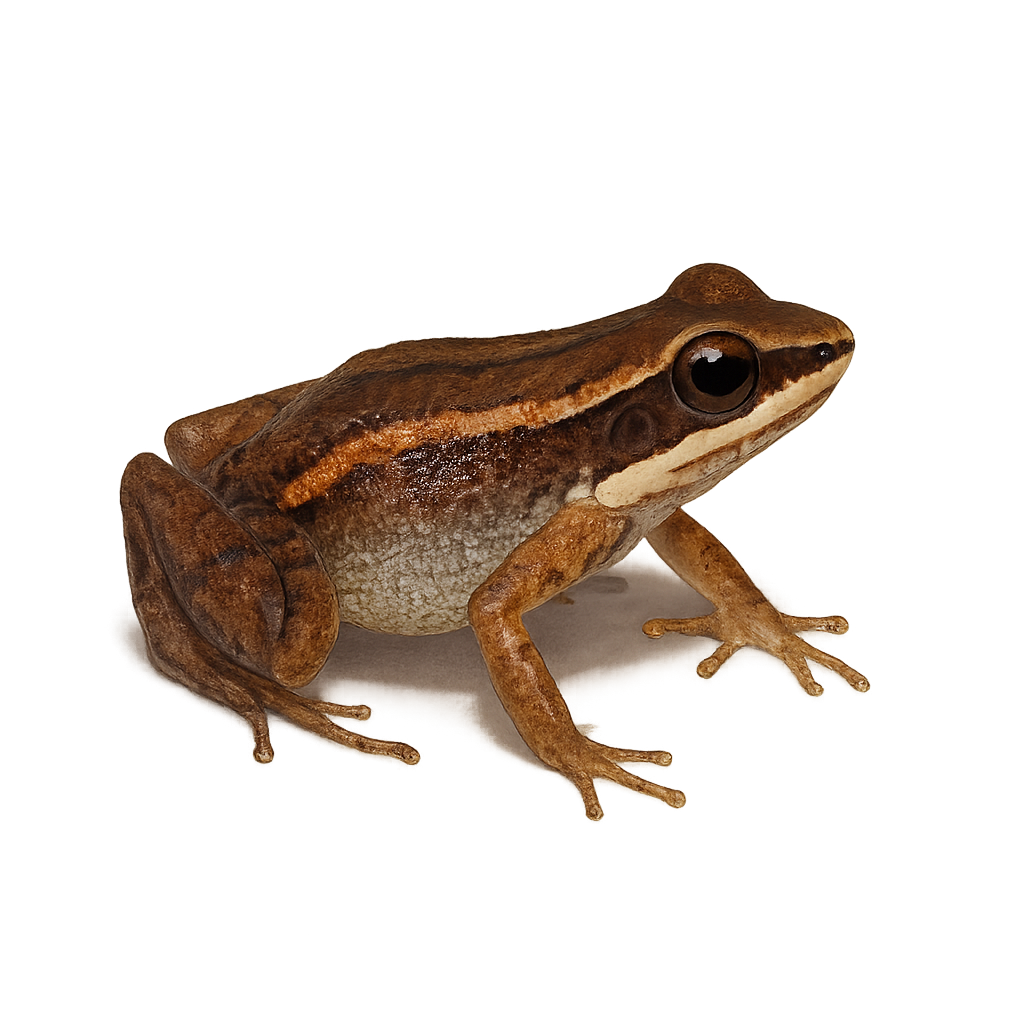Your wildlife photography guide.
Explore the finca primavera rocket frog in detail, study its behavior, prepare your shots.
Where to observe and photograph the finca primavera rocket frog in the wild
Learn where and when to spot the finca primavera rocket frog in the wild, how to identify the species based on distinctive features, and what natural environments it inhabits. The WildlifePhotographer app offers tailored photography tips that reflect the finca primavera rocket frog’s behavior, helping you capture better wildlife images. Explore the full species profile for key information including description, habitat, active periods, and approach techniques.
Finca Primavera rocket frog
Scientific name: Colostethus alacris

IUCN Status: Least Concern
Family: DENDROBATIDAE
Group: Amphibians
Sensitivity to human approach: Suspicious
Minimum approach distance: 2 m
Reproduction period: April to May
Incubation: 10–14 jours
Births: May to June
Habitat:
Tropical rainforests, leaf litter, riparian zones
Activity period :
Primarily active during the day, with peak activity in the morning and late afternoon.
Identification and description:
The Finca Primavera rocket frog, scientifically known as Colostethus alacris, is a small, vibrant frog species native to the humid tropical forests of South America. It is primarily found in the mountainous regions of Colombia, where it inhabits leaf litter and areas near water streams. Its coloration ranges from brown to green, with distinctive patterns that allow it to blend effectively into its natural surroundings. This species is known for its distinctive call, used by males to attract females during the breeding season. Although its conservation status is currently concerning due to deforestation and habitat loss, it continues to fascinate herpetologists and nature enthusiasts with its unique behavior and ecology.
Recommended lens:
Macro – adjust based on distance, desired framing (portrait or habitat), and approach conditions.
Photography tips:
To photograph the Finca Primavera rocket frog, it is advisable to use a macro lens to capture the details of its colorful skin and distinctive patterns. Approach slowly to avoid startling it, as it is suspicious. Opt for times of the day when natural light is soft, such as morning or afternoon, to achieve well-lit shots. Use a tripod to stabilize your camera and avoid motion blur. Be patient and ready to wait for the frog to position itself in an attractive natural frame.
The WildlifePhotographer App is coming soon!
Be the first to explore the best nature spots, track rutting seasons, log your observations, and observe more wildlife.
Already 1 432 wildlife lovers subscribed worldwide

